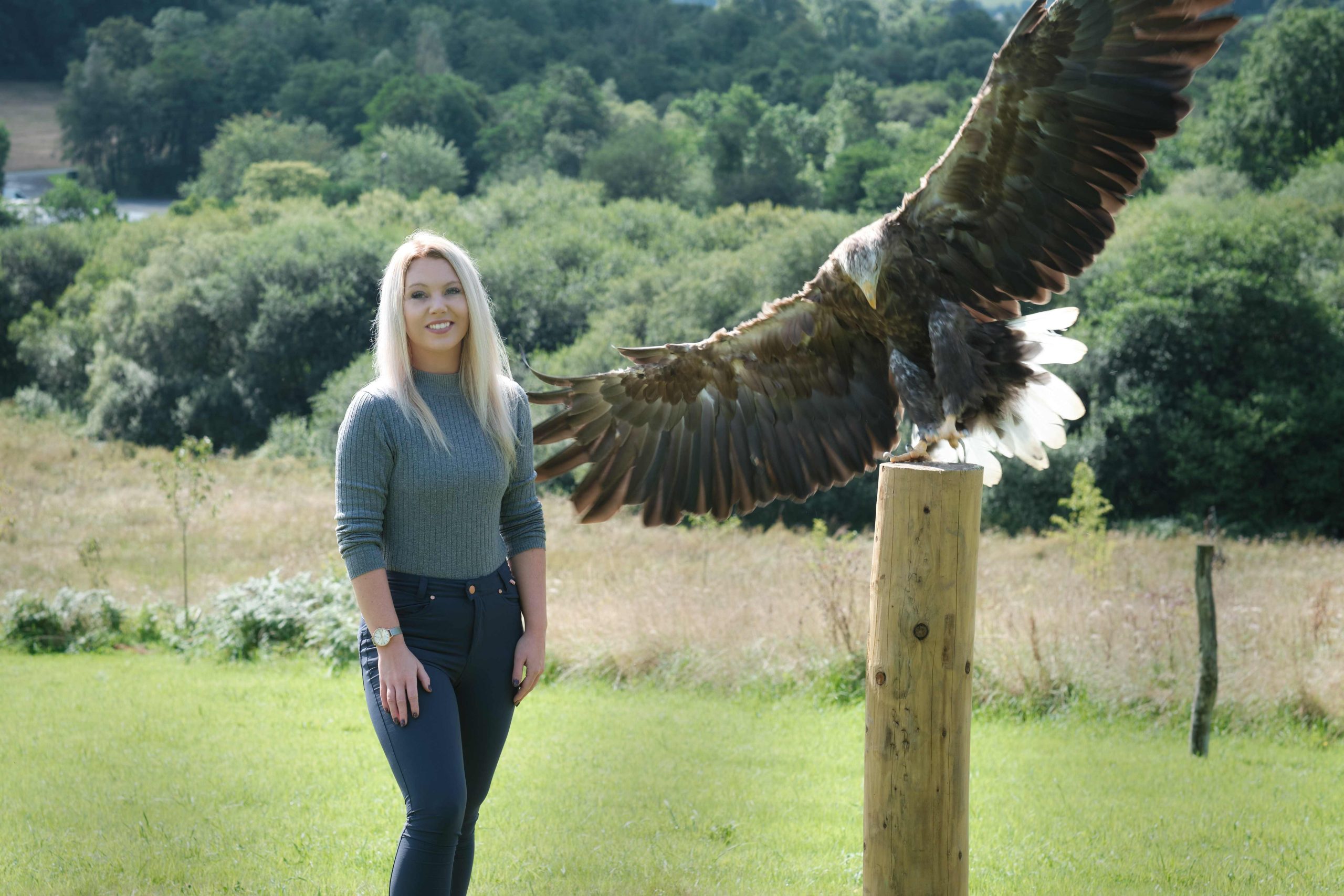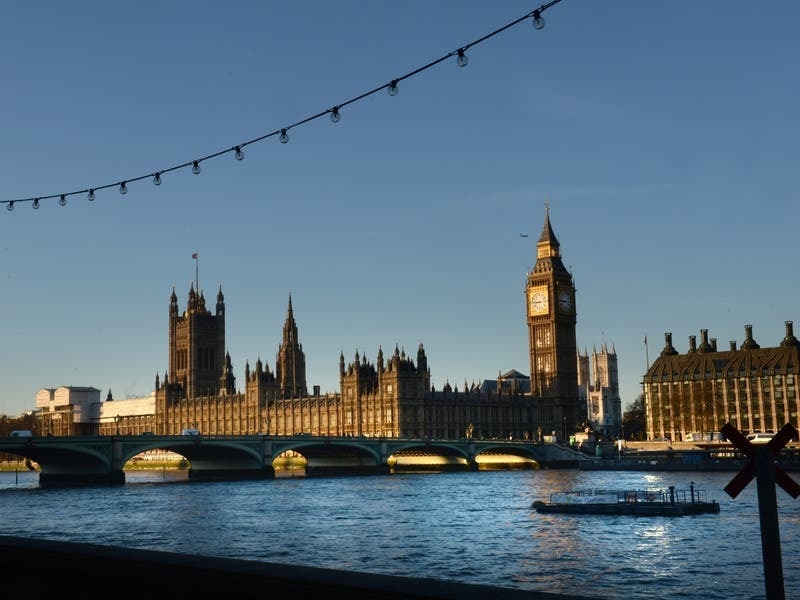DURRELL Wildlife Conservation Trust has launched its first project in Wales to recover the threatened white-tailed eagle.
Joining forces with Eagle Reintroduction Wales, Durrell is supporting recovery efforts of the native bird to South-east Wales and the Severn Estuary which were wiped out over a century-and-a-half ago due to hunting.
The white-tailed eagle is the UK’s largest bird of prey and has an average wingspan of over two metres.
Small populations of the birds have already been re-established in other areas of the UK, including Scotland, England, Ireland and the Isle of Wight, but the bird hasn’t been seen in Wales for over 150 years.
Dr Sophie-Lee Williams, Durrell’s project officer on the programme, founded ERW as a research project during her PhD.
She told the JEP that since partnering with Durrell in 2021, the programme has transformed from a research-based project to active conservation planning.
Under the programme, six to twelve birds will be released every year for five years, subject to licensing approval.
It is hoped that this will help establish a small breeding population of white-tailed eagles in the next decade.
The programme has faced challenges due to “misconceptions” of the species, Dr Williams explained.
“The birds are branded as the UK’s largest bird of prey so people see it as a large apex predator which comes with a lot of misconceptions.
“The main questions we get asked would be whether the birds would be a risk to pets, children or livestock.”
Having worked with community groups to educate about the behaviour of the animal, Dr Williams said there is no risk to the public.
“We’ve been working really closely with communities to transfer knowledge about the behaviour and importance of these birds, and we can safely say that there are no risks to pets or children.
“Rural communities already living alongside these birds have also deemed them harmless scavengers or fish eaters so are a very low threat to livestock.”
Explaining the historical relevance of the birds in Wales, Dr Williams said this project would be of “national importance”.
“The birds are literally littered in [Welsh] history through place names, archaeological records,” she said.
“We hope that this programme would be not only of Welsh but UK importance to the species.”
As well as Durrell, ERW has also partnered with Gwent Wildlife Trust and Wildfowl and Wetlands Trust.
Having been a bird of prey enthusiast since a young age, Dr Williams added that it would be a “huge reward” to see these birds soaring in Welsh skies.
“As a young girl I used to be out on the hills watching small birds of prey like kestrels and peregrines and I always reflect on my childhood and think about what it would have been like to have these as local birds in the skies,” she said.
“It would be a huge reward for me. When I established the project, I never thought this was going to get wings. It would be extremely rewarding to myself but also the local community as it would be giving back to future generations.”
“I’m very optimistic that we can pull it off and, fingers crossed, we will see these birds soaring in the Welsh skies again.”
Considering its geographical position between the UK and continental Europe – where the birds have also been successfully recovered in France and Spain – Dr Williams added that Jersey would be an “ideal release site” for these predatory birds.
“[White-tailed eagles] were native to most of those regions [in the UK and France] and it does seem to me that Jersey is a stepping-stone between the UK and Europe, so I think it would really compliment the efforts ongoing in Spain and France [to use Jersey as a release site].”
Lucy Groves, UK programme manager at Durrell commented: “We are thrilled to be launching this programme in Southeast Wales and bringing Durrell’s years of species recovery experience and skills to support such a programme.
“Durrell project staff have been working hard over the last two years to build relationships with the local community and key interest groups, and this work is set to continue throughout the life of the project.
“With this fantastic group of partners, we hope to see white-tailed eagles returned to the skies of Wales.”
Dr Williams confirmed that the project is heading towards submitting a license to Natural Resources Wales, which could take up to 12 months to process.
If they are given the green light, white-tailed eagles may be seen in the Welsh skies from 2026.






